- $3.028 billion for European Command operations mission support, the deployment of personnel to the region, and intelligence support.
- $3.5 billion to replenish U.S. equipment stocks sent to Ukraine through drawdown.
As a reminder, the above actions were reactive—not proactive—in nature, with the Ukraine supplemental funding driven by domestic politics as much as it was to actually “support Ukraine.”
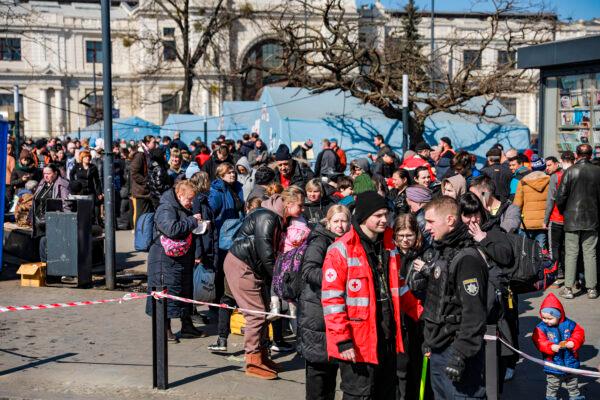
World history did not start with the Russian invasion of Ukraine. The Biden administration’s deterrent actions leading up to the invasion were paltry and ineffective and may have encouraged Russian President Vladimir Putin to act.
It is entirely possible to contemplate, suggest, and advocate for the necessary ways, means, and actions by which Ukrainian sovereignty should be restored to pre-war conditions while, at the same time, questioning how and why Putin ordered the invasion—as well as to demand some accountability for ineffective U.S. actions to deter Russia.
Both sets of activities can be supported concurrently. Russia invaded a sovereign country, and the invasion must be reversed, and Putin (and others) should be held accountable. At the same time, several red flags associated with the Biden administration’s conduct need to be critically analyzed, and political and personal accountability administered as required.
False Deterrence
According to Rand Corporation, a key aspect of deterrence “turns out to be about much more than merely threatening a potential adversary: It demands the nuanced shaping of perceptions so that an adversary sees the alternatives to aggression as more attractive than war.”- The debacle of the retreat and withdrawal from Afghanistan.
- The absence of any strong defense guarantees to Ukraine during the Russian buildup.
- The delay in providing defensive military equipment to Ukraine.
- The reliance on ineffective sanctions as the primary means of deterrence.
- The evacuation of the U.S. Embassy in Ukraine.
- The shutting down of U.S. domestic energy production while increasing Russian imports of oil and gas.
What pain was promised to Putin?
What use of force by the United States/NATO was threatened?
Were the consequences of escalation clearly communicated to Putin?
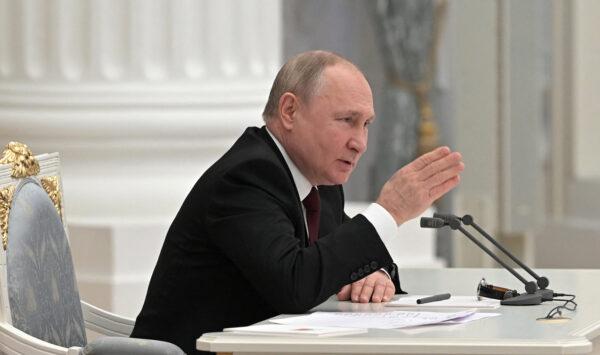
He said: “Let’s get something straight. You remember if you covered me from the very beginning, I did not say that, in fact, the sanctions would deter him [Putin]. Sanctions never deter. You keep talking about that. Sanctions never deter.”
Putin would wholeheartedly agree with Biden on that score!
Those same “indications and warnings” of an imminent Russian attack that led to the decision to shut down the embassy should have concurrently led to an urgent provision of defensive military equipment to Ukraine. But the U.S. response was too little and too late to deter Putin.
Given the above actions and non-actions, this question must be asked: did the Biden administration’s decisions coax Putin to invade Ukraine?
Unprecedented Sanctions
Despite the admission of the ineffectiveness of sanctions by Biden, several unprecedented additional sanctions were enacted against Russia after the invasion. The sanctions under Executive Order 14024 and other subsequent actions under the International Emergency Economic Powers Act (IEEPA) have targeted individuals, banks, and other financial institutions, for example:- Blocking the assets of Russians and Russian companies involved in the breakaway Ukrainian provinces of Donetsk and Luhansk.
- Sanctioning several state-owned financial institutions like Vnesheconombank (VEB), Promsvyazbank Public Joint Stock Company (PSB), and their subsidiaries in order to block access to their assets.
- Sanctioning several major private Russian financial institutions, including Russia’s second-largest financial institution, VTB Bank.
- Sanctioning individuals close to Putin, such as Director of the Federal Security Service (FSB) Alexander Bortnikov, Chairman and CEO of PSB Petr Fradkov, and Foreign Minister Sergey Lavrov.
- Restricting U.S. financial institutions from extending loans to or purchasing debt from designated major Russian banks and financial institutions.
- Imposing export controls on Russia’s defense, aerospace, and maritime sectors.
- Removing designated Russian banks from the SWIFT interbank messaging system, which effectively takes them out of the international banking system.
- Preventing Russia’s central bank from accessing its substantial foreign exchange reserves at private institutions and central banks in the European Union and the United States.

Why are the above considered to be unprecedented? By way of example, during World War II, the financial assets of German companies and banks were not subject to crippling sanctions. And banks in “neutral” countries like Sweden and Switzerland earned handsome fees for managing those assets.
Questions abound that need to be answered by the Biden administration: what is the express purpose of these crushing sanctions on Russia in response to a regional war when Germany was not similarly sanctioned during a global war?
Why is a de facto all-out global economic war being waged against Russia without a public airing of the potentially adverse effects of those sanctions and actions on the United States and world economies?
Is the economic warfare and sanctions policy intended to force change in Russia through a “color revolution”?
How effective will these sanctions be when Russia requires EU nations to pay for Russian gas with Russian rubles, China continues to exploit lucrative trade deals with Russia, and India is potentially willing to import more Russian oil through a ruble-to-rupee exchange?
Regime Change
Biden is continually verbalizing classified thoughts and discussions that have to be retracted later by his White House staff.For example, during a recent speech to the 82nd Airborne Division in Rzeszow, Poland, he implied that U.S. troops would be on the ground in Ukraine, as Express (UK) reported on March 26.
His ad lib statement to the troops was clearly at odds with the existing response that is limited to economic sanctions against Russia and sending non-personnel military aid and economic aid to Ukraine. The White House staff was forced to quickly clarify that no policy change had been made to deploy U.S. troops to Ukraine.
But did the feckless remarks telegraph to Putin that this was indeed being considered?
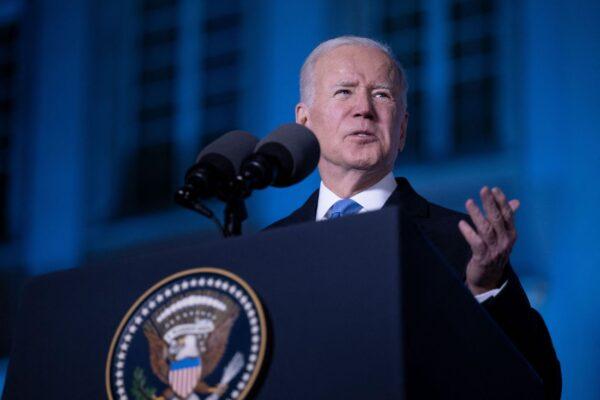
Biden’s worst gaffe yet—and the worst red flag of all—was this one. During that same trip to Europe, he made off-script remarks that appeared to advocate regime change in Russia.
Is the U.S. goal a regime change in Russia but not an alleviation of the suffering by Ukrainians?
Here is an example of how the foreign press viewed the gaffe and its walk-back: “Farce as White House clarifies Biden assertion that Putin must be toppled. President was not referencing ‘regime change,’ says statement,” The Times of London wrote.
It has recently been reported that Ukraine’s leader is carefully considering Russian demands for ending the war.
This new position is also surprisingly close to Putin’s oft-stated goals in Ukraine.
Did Biden’s regime change gaffe throw a monkey wrench into those potential peace talks?
Conclusion
The Biden administration’s actions on Ukraine are a collection of red flags. Did Biden’s public ruminations on Russian regime change reveal his real policy (fomenting regime change in Russia)?Were the administration’s deterrence actions purposely doomed to fail in order to entice a Russian invasion of Ukraine?
What does Putin have to gain by ending the war except on his own terms if the U.S. policy is regime change in Russia?
Was regime change in Russia the plan all along?
What could possibly go wrong?
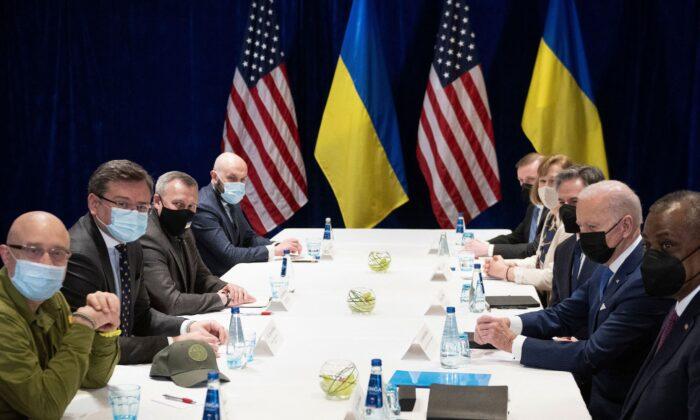


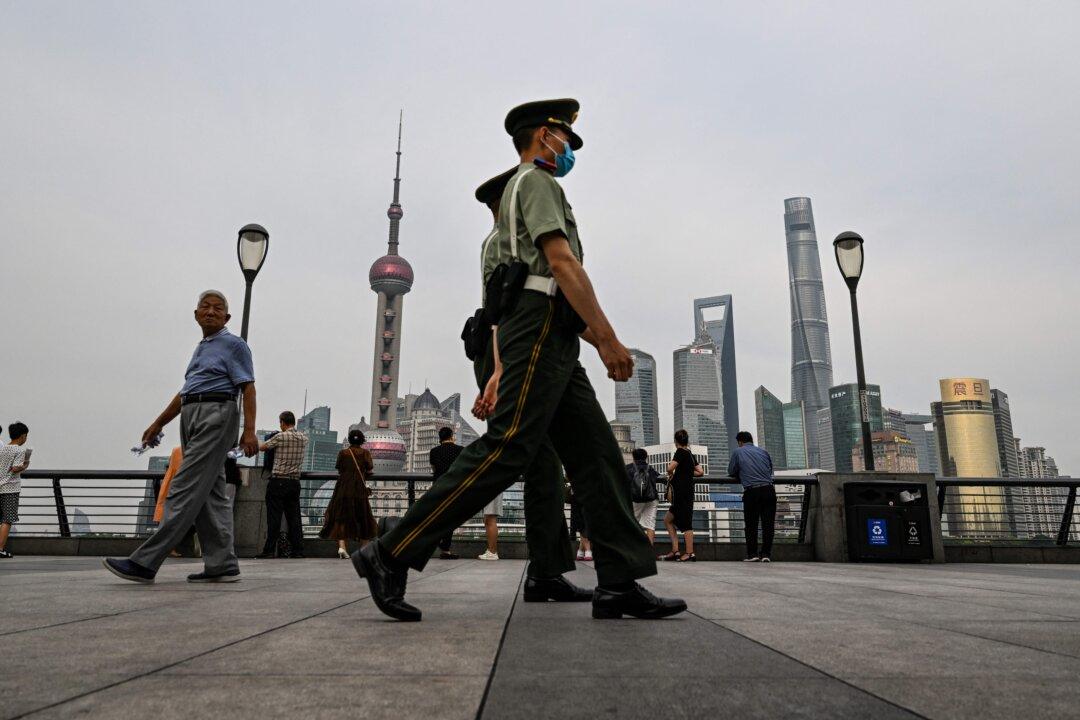
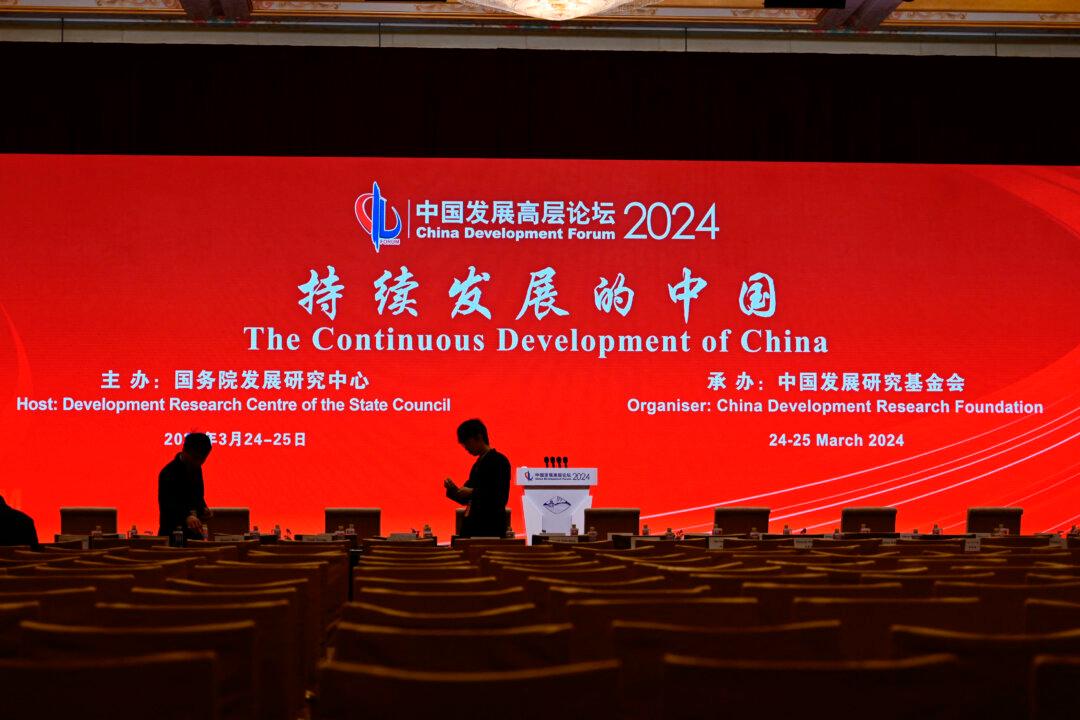
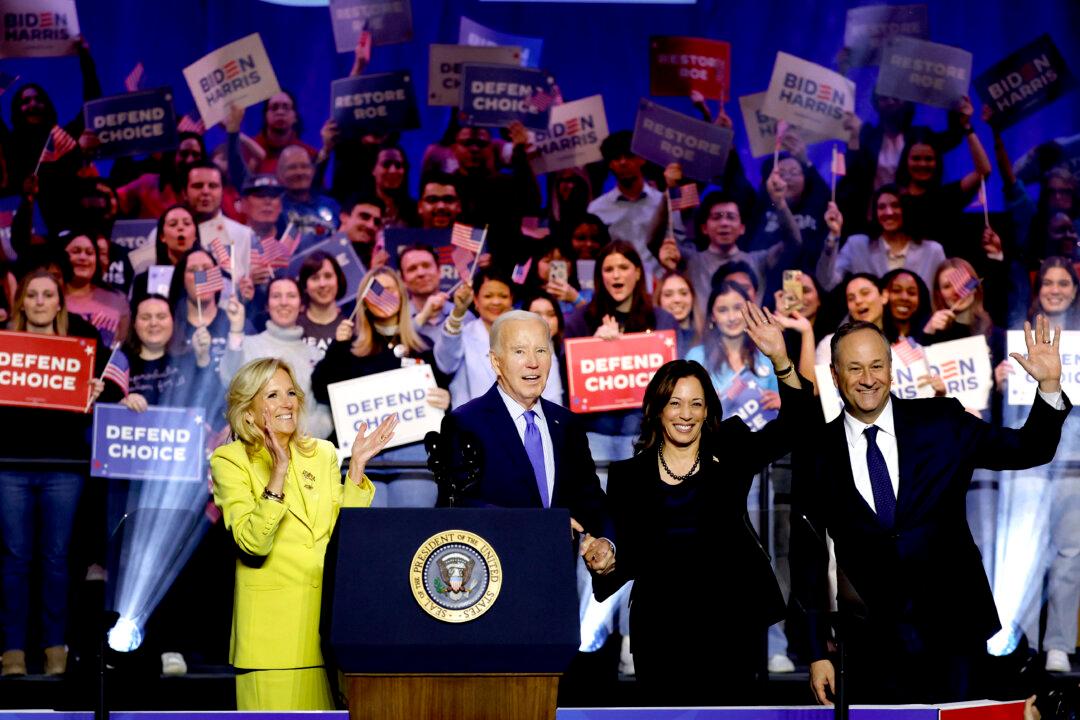
Friends Read Free